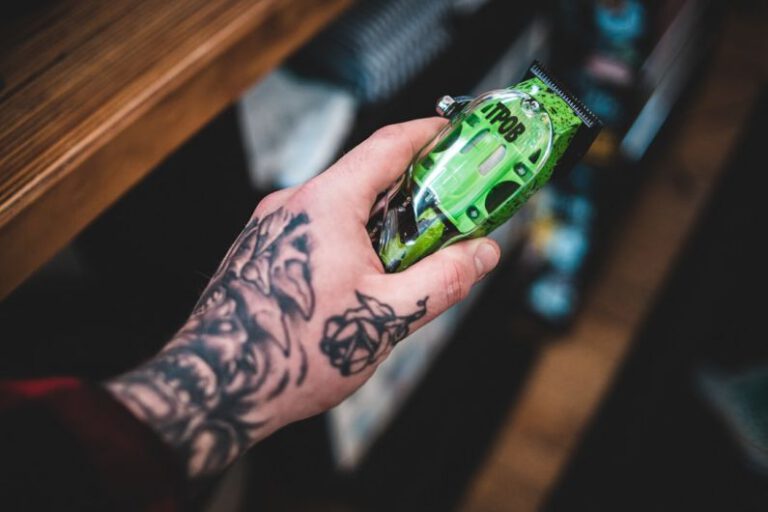How to Prevent Mold Growth in Humid Areas of Your Home?
Mold growth in humid areas of your home can be a persistent and frustrating issue to deal with. Not only does mold look unsightly, but it can also have adverse effects on your health and the structural integrity of your property. However, with the right knowledge and preventive measures, you can effectively combat mold growth and keep your home a healthy and safe environment for you and your family.
Understanding the Causes of Mold Growth
Mold thrives in environments that are warm, damp, and poorly ventilated. Humid areas of your home, such as bathrooms, kitchens, basements, and attics, provide the perfect conditions for mold spores to settle and multiply. Leaks, condensation, high humidity levels, and lack of airflow can all contribute to mold growth. Identifying the root causes of excess moisture in your home is crucial in preventing mold from taking hold.
Proper Ventilation Is Key
One of the most effective ways to prevent mold growth in humid areas of your home is to ensure proper ventilation. Good air circulation helps to reduce moisture levels and discourage mold spores from settling. Use exhaust fans in bathrooms and kitchens to remove steam and cooking fumes. Install a dehumidifier in particularly damp areas to maintain optimal humidity levels. Opening windows on dry, breezy days can also help to improve airflow and prevent moisture buildup.
Address Water Leaks Promptly
Water leaks are a common source of excess moisture in the home and can lead to mold growth if left unattended. Inspect your plumbing regularly for leaks and drips, and repair any issues promptly. Check for signs of water damage on ceilings, walls, and floors, as these can indicate hidden leaks. If you find any leaks, address them immediately to prevent mold from spreading.
Control Humidity Levels
High humidity levels create an ideal breeding ground for mold, so it’s essential to keep humidity in check. Invest in a hygrometer to monitor humidity levels in your home. Ideally, indoor humidity should be kept between 30-50%. If humidity levels are consistently high, consider using a dehumidifier to remove excess moisture from the air. In addition, using air conditioners can help to regulate humidity and keep mold at bay.
Keep Surfaces Clean and Dry
Mold spores can settle on surfaces and thrive in damp conditions, so it’s important to keep your home clean and dry to prevent mold growth. Regularly clean and disinfect areas prone to moisture, such as bathrooms and kitchens. Wipe down surfaces after use to remove any excess water or spills. Pay special attention to areas like shower curtains, grout lines, and windowsills, as these are common spots for mold to develop.
Inspect and Maintain Your Home Regularly
Regular maintenance of your home can help to identify and address potential issues before they lead to mold growth. Inspect your roof, gutters, and downspouts for signs of damage or blockages that could cause water seepage. Check for cracks in walls, windows, and doors that may allow moisture to enter your home. By staying proactive and addressing maintenance issues promptly, you can minimize the risk of mold growth in humid areas of your home.
Conclusion: Taking proactive steps to prevent mold growth in humid areas of your home is essential for maintaining a healthy living environment. By understanding the causes of mold growth, ensuring proper ventilation, addressing water leaks promptly, controlling humidity levels, keeping surfaces clean and dry, and conducting regular home maintenance, you can effectively combat mold and enjoy a mold-free home. Remember, prevention is key when it comes to mold, so take action today to protect your home and your health.






